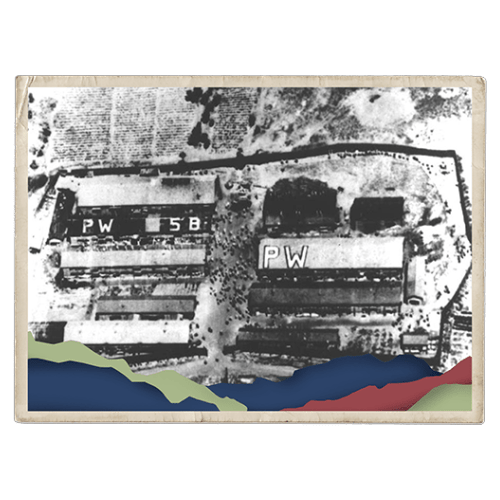In this activity students will learn about the Geneva Conventions and compare them with the treatment of Prisoners of War in Japanese camps.
First,students will learn about the 1929 Geneva Convention’s rules of war and implication on international politics.
Second, students will choose one article from the convention and compare it with the actual treatment a Canadian experienced in a POW camp. Students will critically analyze the international law and how it was applied, or not, in the experience of a Canadian in a POW camp in either Hong Kong or Japan.
Third, students will debate the implications of international law on individual rights and whether or not past wrongs can be forgiven.
Goals of the Activity
These activities were created for the Je Me Souviens education program as educational tools to complement the QEP secondary IV history and secondary V contemporary world courses.
In addition, the activities can be used as language tools in the following QEP courses: Francais langue maternelle secondaire V, IV, III, English Language Arts and FSL or ESL secondary V, IV, III.
The goal of these activities is to allow secondary cycle two students to have a greater understanding of World War II and Canada’s role in the Battle of Hong Kong. Students will also learn to appreciate the contributions of Canadian Armed Forces personnel from Quebec.
Activities you might also like:
Renegotiate the Treaty of Versailles
This historical role playing game lets the students come to their own conclusions about the end of the First World War, while showing how contradicting hopes and expectations contributed to the formulation of this controversial document.
Canadians in Afghanistan
Students learn about the Canadian participation in Afghanistan by analyzing soldier testimonies and defining important terms.
Timeline: Understanding the October Crisis
In this activity, students will be asked to place various events related to the October Crisis in order, and to associate an archival photo, or video with each event.




